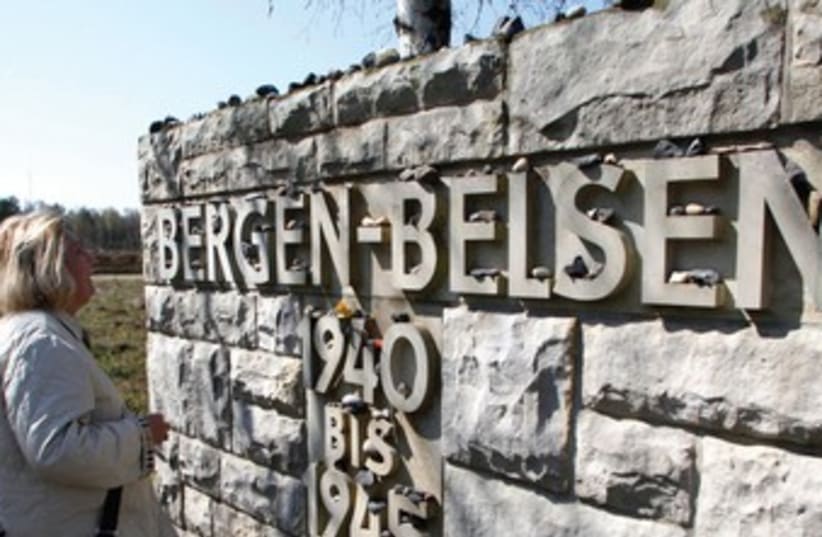The writer is general counsel of the World Jewish Congress and vice president of the American Gathering of Jewish Holocaust Survivors and Their Descendants. He teaches about the law of genocide and World War II war crimes trials at the law schools of Columbia, Cornell and Syracuse universities.
My mother: A heroine of the Holocaust
“In the middle of winter,” observed Albert Camus, “I found out at last that there was within me an invincible summer.”

The writer is general counsel of the World Jewish Congress and vice president of the American Gathering of Jewish Holocaust Survivors and Their Descendants. He teaches about the law of genocide and World War II war crimes trials at the law schools of Columbia, Cornell and Syracuse universities.